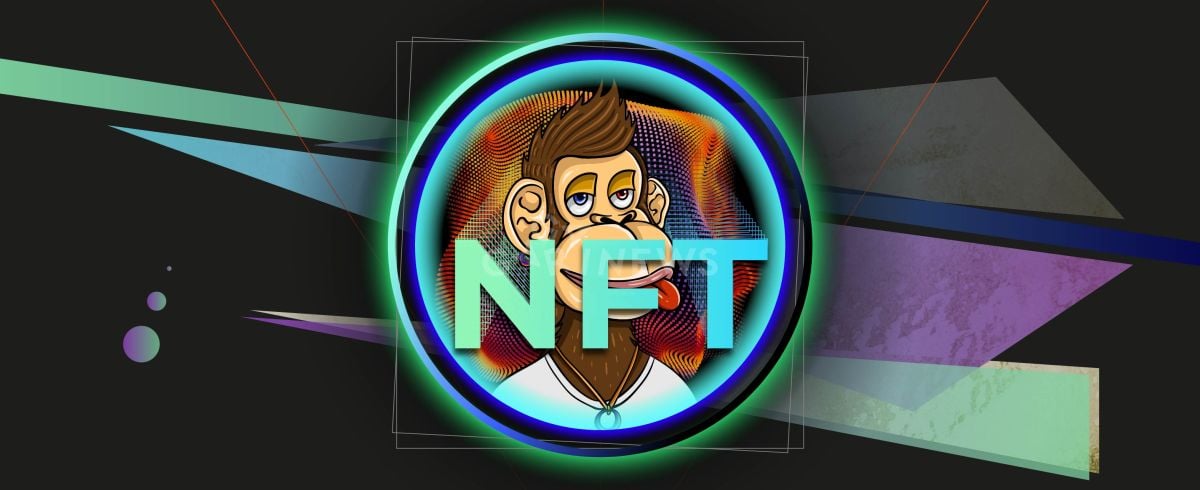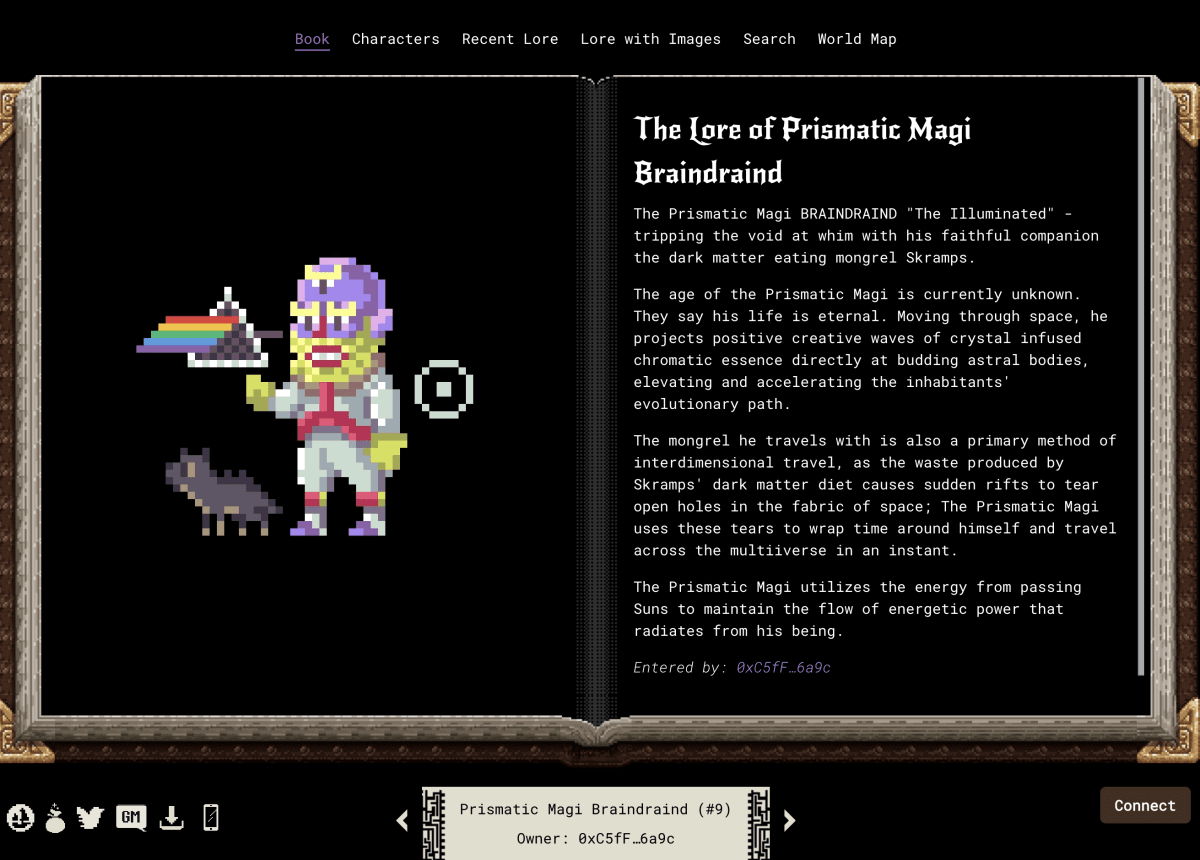How to distinguish a promising NFT project from a scam

If you are afraid that hype NFTs will mint with a minimum commission without you, then breathe out and take a step back. This is typical FOMO. Prior to getting into the Whitelist and earning money at the same time, analyze 4 areas of the team's work.
Step one: study the roadmap
Take a closer look at the NFT project roadmap.
A roadmap is a step-by-step development strategy with milestones for the implementation of plans. It can be used to track which stages are already closed, what is being done and what else is planned.
Teams that have better goals than raising money and disappearing take this calendar seriously. They report on each stage passed, informing the public about each milestone.
Pay attention to completed tasks. It will become clear whether you will get access to closed functions for holders, or whether all the goodies are “still in development”.
For example, BAYC immediately after the NFT mint gave access to closed web pages with games for holders.

Cute character Donkey Kong was available only to the first members of the Bored Ape Yacht Club project
If the roadmap contains only promises of future benefits and huge incomes, then it is better to save your time and money for later. Most likely, users are offered a product that has not passed the beta testing stage, and its mechanics have not been internally tested.
With a high degree of probability, after the sale, the founders will take your money and drive off into the sunset on a new red Lambo. Or at dawn in a black Lexus.
You still won’t know about this.
Step two: evaluate usability
Think about what practical benefits you’ll get from the NFT project.
It can be a variety of things:
- p2e (Play-to-Earn) or m2e (Move-to-earn) games;
- access to a closed community;
- discounts for affiliate programs;
- referral rewards;
- new collections drops;
- cool merch;
- the right to be the first to mint other collections by these authors.
NFTs that have no practical meaning, they’re just pictures. You can buy and hold them because you like them, but hoping to resell them for a profit is naive.
Usually such collections are scams, one-day start-ups that have invested in marketing and now expect to return them with interest through artificially inflating the price of the token.
An example of a project with good usability is the StepN application, which works on the M2E concept (“move and earn”). Those who managed to jump into the first carriages by invitation made good money on “reproducing” and selling NFT sneakers.
The goal stated by the creators was great: advertising an active lifestyle. StepN app users walked and ran to earn in-game GST token. Then they raised the level of shoes and earned even more.
The project lasted a little less than a year. It was ruined by an incorrect mechanism for calculating the in-game cost of tokens. However, they’ve made it possible for the pioneers to earn money and pump up the calf muscles for the followers.
Step three: watch the community
The project community is half the deal. Both the price in the secondary market and the quality of the hype depend on the mood of the support group and its faith in the project.
The community should be considered from two angles: relationships within the community + relationships between users and project founders.
An active community that develops without direct external management guarantees the project a long life. Cheerleaders create memes on their own, come up with jokes, initiate communication, send word out, and generally move the collection up.
It is also important how the team communicates with users. Direct communication between founders and moderators and ordinary participants creates friendly relations and positive emotional connections.
An example of a good community can be seen in the Forgotten Runes Wizard Club project. The guys create art, memes and actively distribute their creativity on the Internet. In addition, they write the biographies of the characters themselves, create the Book of Knowledge and generally take part in the game's creative process.

Work on the compilation of the Book of Knowledge of the Forgotten Runes project is carried out by the holders
Step Four: Gather Background Information
Try to find out from open sources and near-startup gossip who is behind the jpegs and marketing. Investors, prominent people in WEB3, successful developers - these people give the collection significance, weight and a tempting perspective.
Checking the background is a chore, but necessary one:
- Monitor the social networks of the collection creators, look for large investors and experienced marketers in the followers.
- Watch out for large whales that may not be signed to the project, but may inadvertently mention them somewhere on Twitter or Reddit.
- Pay attention to people who passed KYC. When famous personalities are behind the project, the likelihood that this is not a one-day event increases.
- Look for well-known companies or marketplaces in startup subscribers. Major market players will not subscribe to a scam and certainly will not support it.
- If you received information from a blogger or crypto-influencer, then check their background. How many projects advertised by them were successful?
People with a good reputation are an important factor that increases the likelihood of a good future for an NFT project. And for you - the opportunity to make a fortune.

